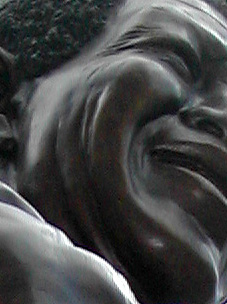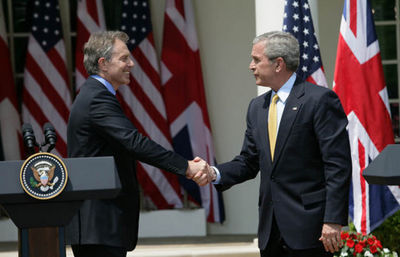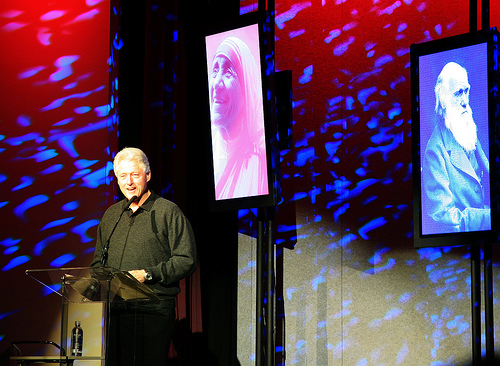Leadership styles
Here we will look at 4 styles of leadership known as democratic, autocratic, laissez-faire, and charismatic. We will consider the advantages and disadvantages or both of each style.
Contents
Democratic
The democratic leader makes decisions by consulting a team, whilst still maintaining control of the group. The democratic leader allows the team to decide how the task will be tackled and who will perform which task. A good democratic leader encourages participation but never loses sight of the fact that they bear the responsibility of leadership. The democratic leader values group discussion and input from the team. The democratic leader motivates the team by empowering them to direct themselves. The leader and group jointly analyse the problem, and decide together on a course of action. The leader does some things, but not everything, helps the group get its way, pulls with the group and respects others.
Disadvantages
- Slower decision making
- Less initial production
- Leader can be unsure and makes everything a matter for group discussion.
Advantages
- More individual responsibility
- More friendliness
- Better implementation
- More personal growth
- More motivation
- Greater ultimate production
Autocratic
The autocratic leader dominates team members and makes decisions on their own without seeking or allowing input from group members. Autocrats set timelines, tasks and then asks for suggestions / objections. They are quick to both praise and punish. This results in passive resistance from team members and requires continual pressure in order to get things done. Some instances call for urgent action and the autocratic style may be best. Most people are familiar with autocratic leadership and accept it.
Disadvantages
- More group hostility
- More dependence on leader
- More apathy in group
- Slower execution of decisions
Advantages
- More group productivity while leader watches
- Group makes quicker decisions
- Often does the task themselves as it is quicker
- Pushes the group.
Disadvantage / Advantage
- Some people are happy to be told what to do – they might say they are patricians or ‘nuts and bolts’ people, others like to own the task – visionaries.
Laissez-faire
The Laissez Fare leader performs a minimum of leadership functions and lets the group sort out their own roles and tackle their own work in their own way without his participation. The Laissez-Fare technique is usually only appropriate when leading a team of highly motivated and skilled people who have produced excellent work in the past. Once a leader has established that his team is confident, capable and motivated it is often best to step back and let them get on with the task since interfering can generate resentment and detract from their effectiveness.
Disadvantages
- Less group satisfaction
- Less group productivity
- Poorer quality of work
- Less personal growth
- Jobs fall back on someone else or are not completed
- Who takes credit or blame?
Advantages
- No work for the leader
- Frustration may force others into leadership roles
- Allows the visionary worker the opportunity to do what they want, free from interference
- Empowers the group
Charismatic
Charismatic leaders tend to be very good listeners and great information gatherers. They like to expose themselves to a wide range of individuals in order to get new ideas. Charismatic leaders create a sense of purpose for their organisation that is motivating and inspiring. Charismatic leaders express things simply so that everyone gets it, they use positive language, often use stories, symbols, metaphors to get their point across. They walk the talk, show empathy, remain optimistic, make everyone feel important and build confidence. Charismatic leaders question the status quo, take risks and thrive on innovation and change.
Disadvantages
- Can be spectacular failures
- Create a personality cult
- Can wear out the workers
Advantages
- Work usually done well
- Workers inspired to perform
- Workers valued.



